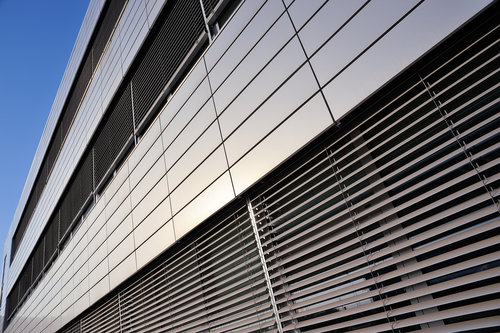
Common Cladding Materials and How to Clean Them Effectively
13th September 2023
When it comes to maintaining the exterior of your property, one area that often gets overlooked is the cladding. Cladding not only adds an aesthetic appeal to your building but also plays a crucial role in protecting it from the elements. However, over time, cladding can accumulate dirt, grime, and other pollutants, which can not only make your property look unkempt but also lead to potential damage. That’s why it’s important to regularly clean your cladding to keep it in top condition. In this blog post, we will discuss the common types of cladding materials and provide tips on how to clean them effectively.
1. UPVC Cladding
UPVC (Unplasticized Polyvinyl Chloride) cladding is a popular choice due to its durability and low maintenance requirements. To clean UPVC cladding, start by removing any loose debris using a soft brush or a cloth. Then, mix a solution of warm water and mild detergent and apply it to the cladding using a sponge or a soft cloth. Gently scrub the surface in a circular motion, paying extra attention to any stubborn stains. Finally, rinse off the detergent with clean water and wipe the cladding dry.
2. Timber Cladding
Timber cladding provides a natural and elegant look to your building. However, it requires regular cleaning and maintenance to prevent the growth of mould, mildew, and algae. To clean timber cladding, start by removing any loose dirt or debris using a soft brush or a cloth. Then, mix a solution of warm water and mild detergent and apply it to the cladding using a sponge or a soft cloth. Be careful not to saturate the timber, as excessive moisture can cause damage. Gently scrub the surface, paying extra attention to any areas with visible mould or algae. Rinse off the detergent with clean water and allow the cladding to dry naturally. To prevent future growth, consider applying a protective coating or sealant to the timber.
3. Metal Cladding
Metal cladding, such as aluminium or steel, is known for its durability and resistance to corrosion. To clean metal cladding, start by removing any loose dirt or debris by gently brushing the surface. Then, mix a solution of warm water and mild detergent and apply it to the cladding using a sponge or a soft cloth. Gently scrub the surface, paying extra attention to any stubborn stains. Rinse off the detergent with clean water and use a soft cloth to dry the cladding. Avoid using abrasive cleaners or tools, as they can scratch the metal surface.
4. Stone Cladding
Stone cladding, like natural stone or faux stone, adds a timeless and elegant look to your building. To clean stone cladding, start by removing any loose dirt or debris using a soft brush or a cloth. Then, mix a solution of warm water and a stone-specific cleaner, following the manufacturer’s instructions. Apply the solution to the cladding using a sponge or a soft cloth. Gently scrub the surface, paying extra attention to any stubborn stains or areas with visible dirt or grime. Rinse off the cleaner with clean water and use a soft cloth to dry the cladding.
5. Plastic Cladding
Plastic cladding, such as PVC or vinyl, is a popular choice for its low maintenance and durability. To clean plastic cladding, start by removing any loose dirt or debris using a soft brush or a cloth. Then, mix a solution of warm water and mild detergent and apply it to the cladding using a sponge or a soft cloth. Gently scrub the surface, paying extra attention to any stubborn stains. Rinse off the detergent with clean water and wipe the cladding dry.
6. Regular Maintenance
Regardless of the type of cladding you have, regular maintenance is key to keeping it clean and in good condition. Here are a few tips to help you maintain your cladding:
- Inspect your cladding regularly for any signs of damage, such as cracks or loose panels. Repair or replace any damaged cladding as soon as possible to prevent further damage.
- Keep your cladding free from dirt and debris by regularly sweeping or brushing the surface. This will help prevent the buildup of dirt and grime.
- Avoid using abrasive cleaners or tools that could scratch or damage the surface of your cladding. Stick to mild detergents and soft brushes or cloths.
Conclusion:
Taking care of your cladding is an important part of maintaining the appearance and durability of your building. By following these cleaning tips and practising regular maintenance, you can ensure that your cladding stays clean and in good condition for years to come. However, if you prefer to leave the cleaning and maintenance to professionals, Just Clean Property Care is here to help. Our team of experts has the knowledge and experience to effectively clean and maintain all types of cladding, ensuring that your building looks its best. Contact us today for a free consultation and let us take care of your cladding cleaning needs.


